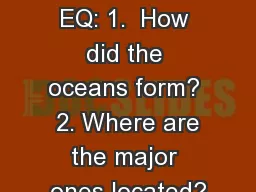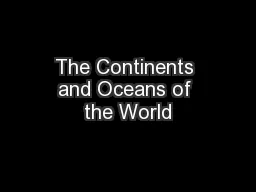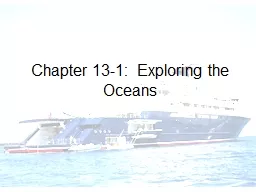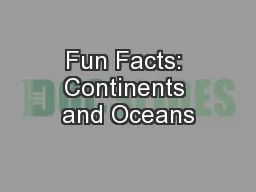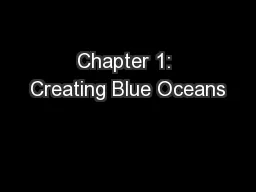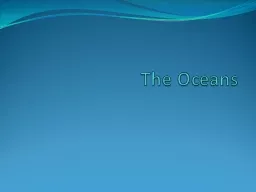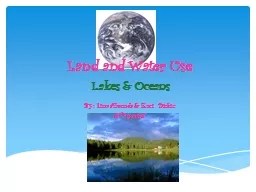PPT-Chapter 1 EQ: 1. How did the oceans form? 2. Where are the major ones located?
Author : marina-yarberry | Published Date : 2018-03-17
Oceanography Oceanography is the study of all aspects of the marine environment To do this we need to use many different sciences Often times the knowledge of multiple
Presentation Embed Code
Download Presentation
Download Presentation The PPT/PDF document "Chapter 1 EQ: 1. How did the oceans for..." is the property of its rightful owner. Permission is granted to download and print the materials on this website for personal, non-commercial use only, and to display it on your personal computer provided you do not modify the materials and that you retain all copyright notices contained in the materials. By downloading content from our website, you accept the terms of this agreement.
Chapter 1 EQ: 1. How did the oceans form? 2. Where are the major ones located?: Transcript
Download Rules Of Document
"Chapter 1 EQ: 1. How did the oceans form? 2. Where are the major ones located?"The content belongs to its owner. You may download and print it for personal use, without modification, and keep all copyright notices. By downloading, you agree to these terms.
Related Documents

